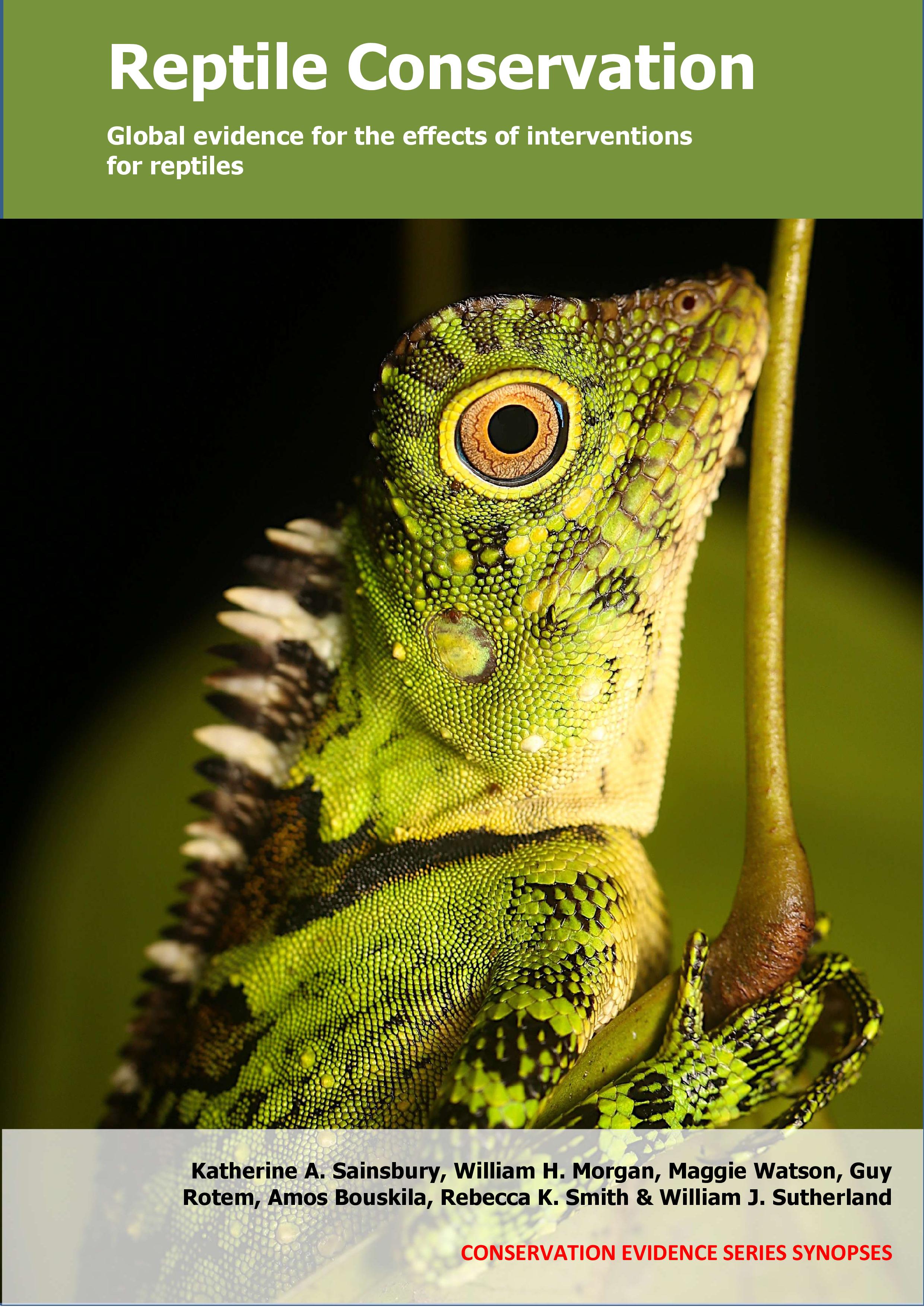Limit or exclude off-road vehicle use
-
Overall effectiveness category Awaiting assessment
-
Number of studies: 2
View assessment score
Hide assessment score
How is the evidence assessed?
-
Effectiveness
not assessed -
Certainty
not assessed -
Harms
not assessed
Study locations
Supporting evidence from individual studies
A replicated, site comparison in 1994–1996 in desert shrub and grassland in south-central California, USA (Brooks 1999), found that lizard abundance and species richness was higher inside a fenced protected area that excluded vehicles and sheep, compared to outside of the fence, depending on survey month and plot. Lizard abundance was higher in three of six survey comparisons in a fenced protected area with restricted vehicle use (4–10 lizards/transect) compared to outside of it (2–4 lizards/transect) but similar in the remaining three comparisons (inside protected area: 2–5 lizards/transect; outside protected area 1–3 lizards/transect; see original paper for details). Lizard species richness was higher in one of six comparisons inside the protected area (2 species/transect) compared to outside of it (1 species/transect) but similar in the remaining five comparisons (inside protected area: 2–3 species/transect; outside protected area: 1–3 species/transect; see original paper for details). In 1994, two sites were selected near the north-eastern and southern boundary of the Desert Tortoise Research Natural Area (where off-road vehicles were prohibited from 1973, sheep grazing prohibited from 1978 and the boundary was fenced in 1980). Two 2.25 ha plots were established/site: one ≥400m inside the boundary and one outside the boundary (used by off-road vehicles until 1980 and grazed by sheep until 1994). In each plot, lizards were surveyed using 1.25 km transects in July 1994 and May and July 1995 (six surveys/site).
Study and other actions testedA replicated, randomized, site comparison study in 2011 in desert shrub and grassland in California, USA (Berry 2014) found that Agassiz’s desert tortoises Gopherus agassizii were more abundant and had a lower mortality rate in a protected area fenced to exclude recreational vehicle use and livestock grazing. Desert tortoise densities were approximately six-times higher in the most protected area, the Tortoise Natural Area (15 tortoises/km2) than designated tortoise critical habitat with some vehicle restrictions (2 tortoises/km2) and four-times higher than on private lands with no vehicle restrictions (4 tortoises/km2). Tortoise annual death rates over the preceding four years were estimated as lowest in the Tortoise Natural Area (3% mortality/year) compared to private lands (6%) or in tortoise critical habitat (20%, results were not statistically tested). Tortoises were surveyed in 240 1 ha plots across three different management areas (80 plots/area): Tortoise Natural Area (1973: closed to recreational vehicles; 1980: fully enclosed and closed to mining and livestock grazing, 2010: 12 km of fencing extended to prevent tortoises leaving), tortoise critical habitat areas (1994: recreational vehicle use restricted but not enforced with some annual closures, 1990: closed to sheep grazing) and private lands (unregulated sheep grazing, intensive recreational vehicle use, hunting and trash dumping). In April–May 2011 plots were surveyed on foot twice in a day for live or dead tortoises and field signs.
Study and other actions tested
Where has this evidence come from?
List of journals searched by synopsis
All the journals searched for all synopses
This Action forms part of the Action Synopsis:
Reptile Conservation
Reptile Conservation - Published 2021
Reptile synopsis





)_2023.JPG)














